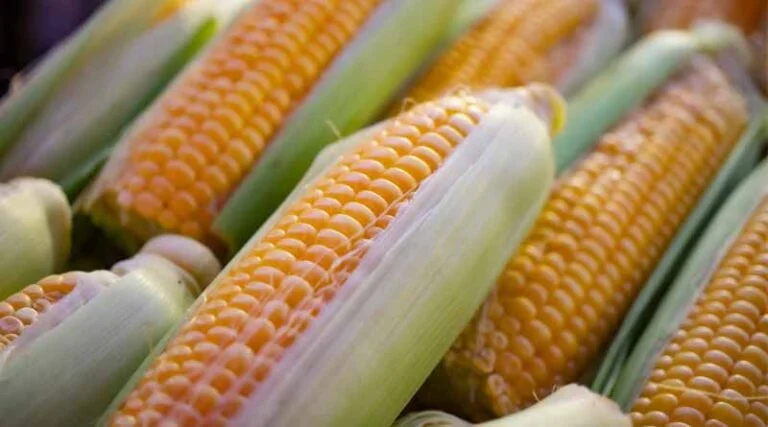Wednesday, 9 July 2025

Image Source: Global Agriculture
India is betting big on maize—and it’s doing so without genetically modified seeds.
At the 11th Maize Summit hosted by FICCI, Agriculture Minister Shivraj Singh Chouhan laid out an ambitious vision: Double India’s maize production to 86 million tonnes by 2047, up from 42.3 million tonnes today. The objective isn’t just about food security—it’s about feed, fuel, and future-proofing India’s crop portfolio.
However the path forward isn’t as straightforward as multiplying output. India, the world’s fifth-largest maize producer, has held a cautious line on GM adoption, and Chouhan reaffirmed that stance. “We don’t use genetically modified seeds, but we can still raise productivity,” he stated. The answer lies, according to the minister, in high-yielding, high-starch, non-GM seed varieties that can elevate productivity levels from the national average of 3.7 tonnes per hectare.
States like West Bengal and Bihar already exceed this benchmark, but for the vision to hold, paddy-dominated states like Punjab and Haryana must pivot toward maize cultivation. The economic incentive is there: maize prices, once below the MSP of Rs 2,400/quintal, have begun to firm up due to the ethanol blending mandate of 20 per cent by FY26. In short, maize is no longer just poultry feed—it’s a strategic crop linked to India’s biofuel future.
Yet, structural bottlenecks remain. Despite ICAR having developed 265 maize varieties, including 77 hybrids and 35 bio-fortified types, seed quality assurance, market volatility, and input regulation continue to hobble scale. Chouhan’s sharp rebuke of substandard agro-inputs—calling for policy action against errant suppliers—suggests the government understands that scaling output requires more than R&D: it requires accountability in the agri-input supply chain.
At the industry level, Corteva Agriscience’s South Asia President, Subroto Geed, called for collaborative innovation to bridge the looming demand-supply gap. That includes not just improved genetics, but better logistics, post-harvest storage, and price risk management.
India’s maize ambition isn’t just about reaching a number—it’s a test case for whether the country can unlock scale without compromising on its biotech red lines. If it succeeds, it could offer a blueprint for non-GM innovation in a high-demand, climate-stressed future.